Rhinoplasty (Nasal Surgery)
Rhinoplasty, or nasal surgery, is one of the most common procedures performed today. It can reshape, reduce or augment a person’s nose to achieve facial harmony and boost self-confidence. It may be performed as a reconstructive procedure to correct a birth defect or an injury such as a broken nose.
Rhinoplasty (Nasal Surgery) may be performed for functional rather than cosmetic reasons as well.
Rhinoplasty (Nasal Surgery) is an excellent procedure for achieving the following:
- Balance the size of the nose with the other facial features
- Modify the width of the nose at the bridge
- Improve the nasal profile, including removing humps or depressions
- Contour a nasal tip that is too large, “boxy,” drooping or upturned
- Change the angle between the nose and the mouth
- Narrow and reshape the nostrils
- Correct asymmetry or deviation
The best candidates for rhinoplasty (nasal surgery):
- Have finished facial growth
- Are generally healthy
- Do not smoke
- Have realistic goals for the procedure
Procedure
- Rhinoplasty (nasal surgery) is usually an outpatient procedure performed under IV sedation or general anesthesia.
- In a closed rhinoplasty (nasal surgery), incisions are made within the nostrils.
- In an open rhinoplasty, the incision is made across the columella, the tissue between the nostrils.
- The doctor gently lifts the soft tissues covering the nose.
- The doctor sculpts the bone and cartilage to the desired shape. Any additional cartilage needed to augment the nose can often be taken from the septum, ear or rib.
- If the patient has a deviated septum, the surgeon will adjust the septum and the inner structures of the nose to improve breathing. Then the tissues are re-draped and stitched closed.
Recovery and Results
- For a short time after surgery, patients may experience puffiness, nose ache or a dull headache, some swelling and bruising, bleeding or stuffiness.
- Most patients feel like themselves within two days and return to work in about a week.
- The results of rhinoplasty (nasal surgery) become gradually apparent as the days pass after surgery and swelling recede.
- Swelling may reappear from time to time in the first year after the procedure. It is typically more noticeable in the morning and fades during the day.
- The exact results depend on the patient’s nasal bone and cartilage structure, facial shape, skin thickness, and age.
Risks
- Complications associated with rhinoplasty (nasal surgery) are rare and, when they occur, minor. These may include infection or a nosebleed.

